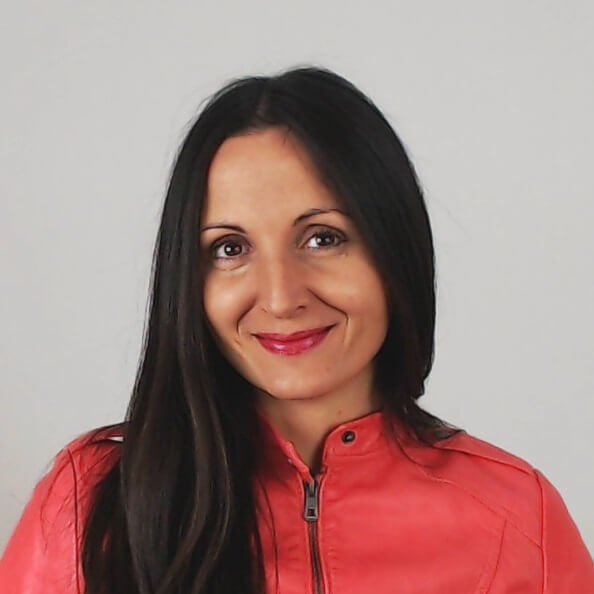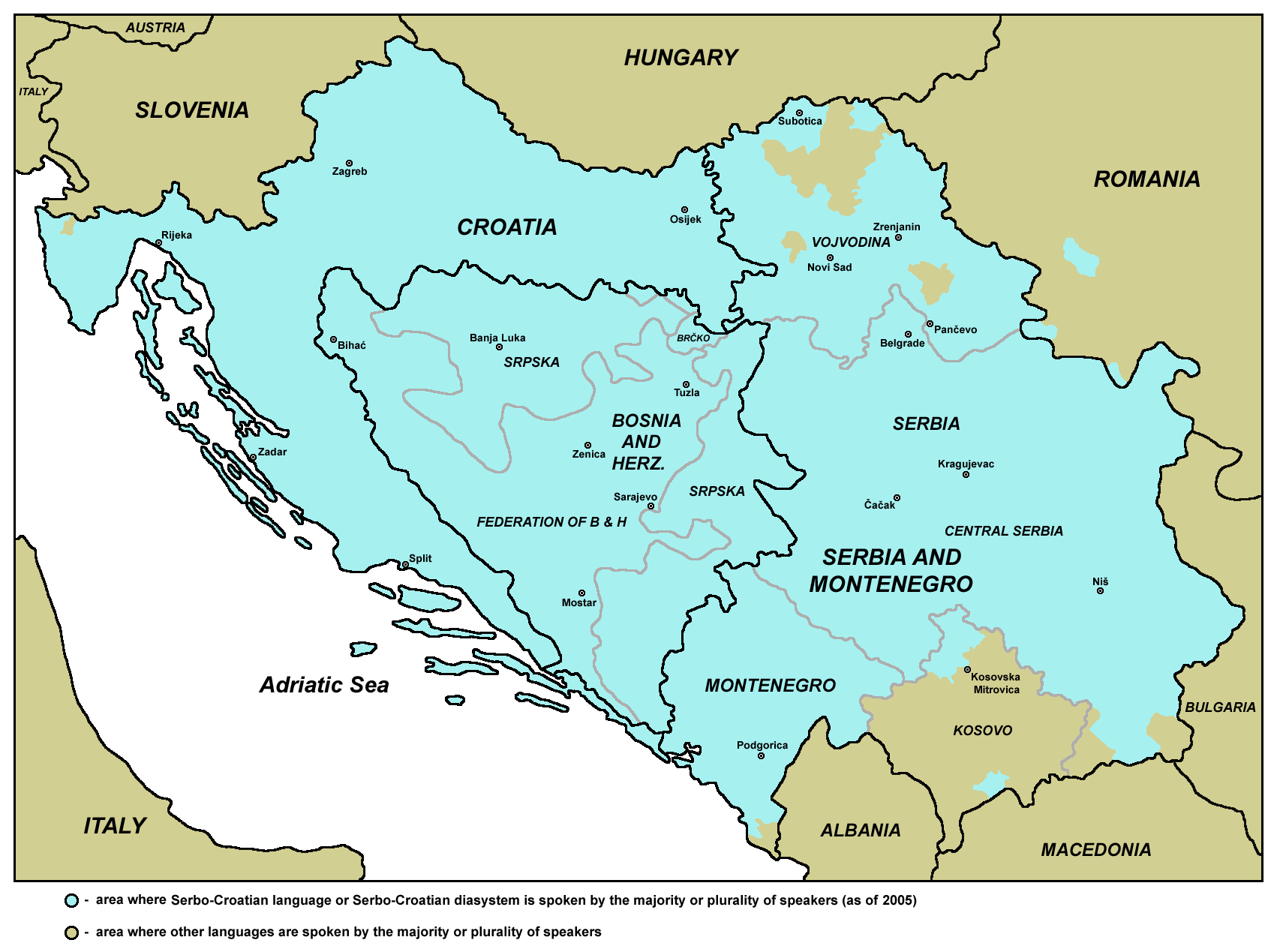Serbian Language Summer School: an intense experience! Language lessons combined with culture classes, tourism, gastronomy. Many activities with one goal: study Serbian and use it to learn about culture and life
Vocabulary vs Grammar: A Fascinating Experience…
Vocabulary vs Grammar: An experience that changed my teaching philosophy
When you start learning Serbian, eventually you’ll face a vocabulary vs grammar dilemma. There is so much to learn. What to invest your time in: words or rules?
When people start learning Serbian, or another new language, they often have a vocabulary vs grammar dilemma. They realize that there is so much to learn, and they wonder where they should invest their time. What’s more important: the words or the rules for using those words correctly?
Obsessed with grammar
The old-school teaching method fostered grammar. And not so long ago, as a language student and a young language teacher, I never had a vocabulary vs grammar dilemma. Because I was obsessed with grammar.
I believed that a student needs to understand how grammar works in order to be able to learn the Serbian language. Even the books for teaching Serbian that were available didn’t prove me wrong: they were all centered around grammar and gave little material with lots of rules in it.
And I focused on grammar to the extent that, once, I even explained all the seven cases in a single lesson to a beginner-level student! I mean, he asked for it – but still, I would never do that today.
An eye-opening experience
In this video I wanted to tell you about one crucial experience that opened my eyes, offered a different point of view and helped me change my teaching philosophy. It was an encounter with a student who never had a vocabulary vs grammar dilemma: because he never learned Serbian grammar at all! His results were shocking to me.
/Transcript of the video/
I’ve wanted to tell this story for years. This is a story about a student who changed my teaching style, who changed my idea of teaching Serbian as a foreign language.
The student who changed my view of vocabulary vs grammar dilemma
He was a Mexican, I met him in Belgrade, maybe five years ago or even more. He wanted help with his Serbian, and told me that never before he had a lesson of Serbian language.
He was fluent in English and Spanish, but from the beginning I was able to talk to him in slow Serbian and he could understand me perfectly well.
He had been married at a time to a Serbian women for five years or so, and he had been learning Serbian by watching movies with Serbian subtitles. His vocabulary was huge because ha had learned the language from the people, and he had no idea, basically, about the grammar.
Life-changing experience
That encounter was crucial for me as a teacher. That encounter taught me how important vocabulary is for communication. For basic communication you can disregard the grammar and learn only vocabulary. Because you can speak Tarzan Serbian and still tell what you want. You can learn lexically and have no idea about the grammar behind the structures, but only know the meaning of the structures.
The Serbian Grammar
Serbian grammar is very complex and huge. For all of you who learn Serbian as your first Slavic language, you all feel overwhelmed by our grammar. And, as a teacher, I don’t want to give you everything at once, because that would kill you, that would overwhelm you. No. I give you one piece at a time, and I keep surprising my students with the complexity of the Serbian grammar they should understand and learn.
Often I hear from my students: „Wow, I thought I knew grammar!“ Yes. But with the Slavic languages, with Serbian or Croatian as with other Slavic languages, there are grammar things you didn’t even know existed if you only know Romance and Germanic languages.
My advice
My advice is to take it slowly on grammar. Because, you’re able to understand our grammar, of course you are – there thousands of wonderful books that will help you understand it – but to understand this grammar is one thing, and to use it efficiently is completely another.
So, take it slowly with the grammar, practice it bit by bit, and cram on vocabulary. That’s your task for the A1 level in Serbian or Croatian language.
Tako Lako Vokabular
That’s why I started the Basic Serbian Vocabulary project – “Tako Lako Vokabular” – with the aim of creating a bank of the most important words for you to learn at a beginner or A level.
It’s free and contains images to help your memory, audio files to improve your pronunciation, and quizzes to test your progress.
Come over to Tako Lako Vokabular and start learning right away!
by Magdalena Petrovic Jelic
Founder of Serbonika
Serbian language teacher and entrepreneur, language lover and polyglot, but also a mother and a relentless storyteller.
On a mission to create the best web space for learning Serbian: Serbonika.

Serbonika
Najbolja metoda za učenje srpskog jezika
The best method to learn Serbian
The 1st Serbian Language Summer School
All about Teaching and Learning Serbian: an Interview
If you wander about the core principles of my teaching and the method I’ve developed for learning Serbian, don’t miss this interview I had with Michael of the English Podcast in Serbia. We talked all about teaching and learning Serbian as a foreigner.
All Shapes of the Future Tense in Serbian and Croatian Language
So many forms to express the future tense in Serbo-Croatian! What are all of them and how to make sense? Read on to learn all shapes of the future tense in Serbian and Croatian.
All differences between hteti (will) and želeti (want) in Serbian
If you’re puzzled about the verbs hteti (will) and želeti (want) in Serbian, unsure when to use which, that’s common. Let’s learn all their differences and similarities to clear up the confusion.





